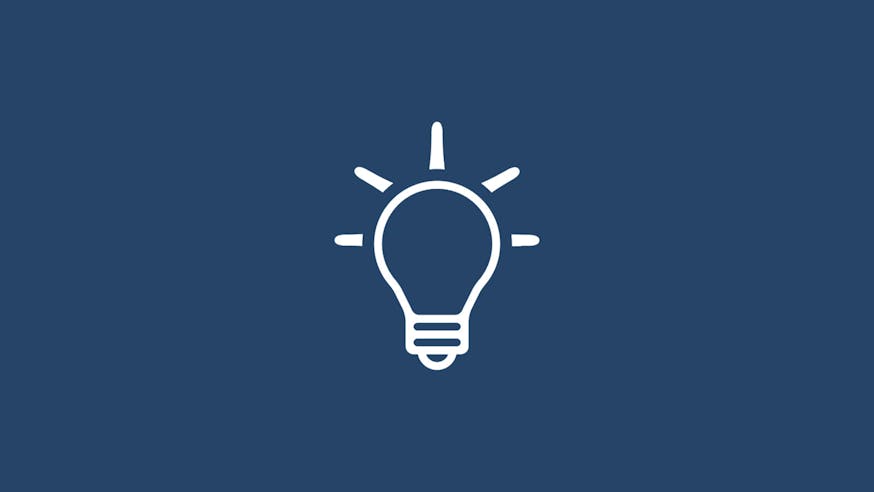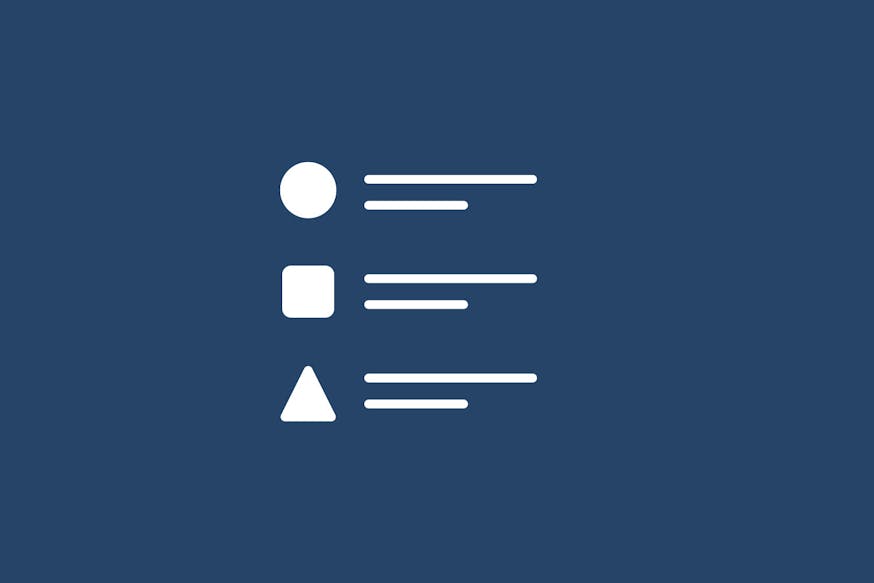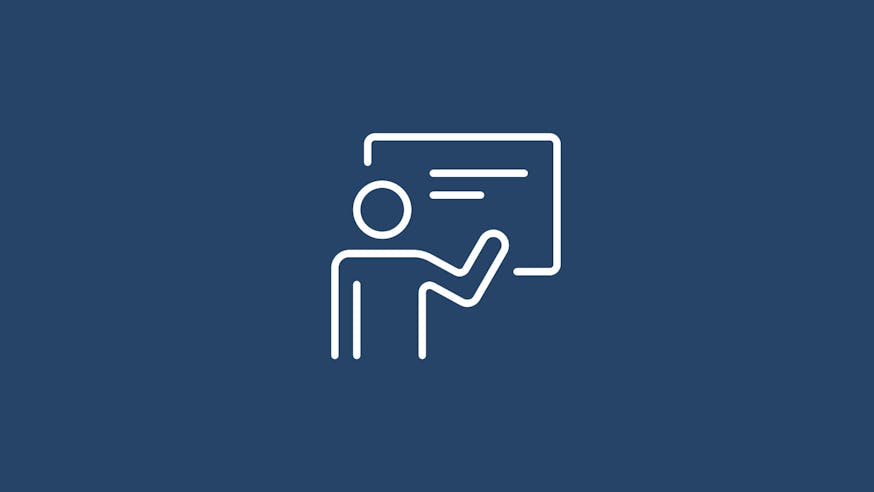Witness to Revolution
Unit 3: An Ongoing Symbol of the Revolution
Aims & Objectives
The modular activities and extensions in this unit provide opportunities for students to:
- Consider how the story of Washington’s tent can help us remember the ideals of the American Revolution today.
- Explore reasons why museums are founded.
- Analyze the role and challenges of museums in preserving historic objects and information about the past.
- Examine how historic objects are displayed in museums and the challenges of maintaining them.
- Understand the role of replica objects in living history demonstrations and events.
Materials
- Big Idea 3: An Ongoing Symbol of the Revolution
- Virtual Tour: Washington’s Field Headquarters
- Image: Washington’s War Tent
- Image Card: Photograph of Washington’s Tent in the Snow (Museum of the American Revolution) and Alternate View of George Washington’s Tents set up on the grounds outside the United States National Museum (Smithsonian Institution Archives # MAH-4617)
- Video: Washington’s War Tent Installation Timelapse
- Video: Keast & Hood’s Alex Stadel Explains Structure for George Washington’s War Tent
- Worksheet: Washington’s Field Headquarters Scavenger Hunt
- Character Cards: People of Washington’s Tent
Activities
Engagement Activities
These activities (5-10 minutes each) can be used as hook activities, introductions to concepts, or shorter lessons.
Your Museum
Ask students why people might choose to establish a museum. If they could create a museum today, what would they choose and why? Explain that in the same way that they feel passionate about a topic or topics, so, too, have others across time. That is why many museums were founded.
Teacher Note: To find more activities on this topic, explore Unit 1: What Is a Museum? in the Through Their Eyes Teacher Resource Guide.
The Power of an Object
Teacher Preparation: Review Big Idea 3: An Ongoing Symbol of the Revolution and ensure students have access to computers, tablets, or other devices with working internet connections to read Big Idea 3 or print out enough copies for each student.
After students have read Big Idea 3, engage them in conversation around the following questions:
- Why do you think many people have emotional feelings when they see Washington’s tent?
- Do you think reactions to Washington’s tent have changed over time? Why or why not?
- How does the story of Washington’s Tent help people to remember the ideals of the American Revolution? What about the ideals does it help them to remember? What about the ideals does it make you think of?
- Can you think of other powerful objects, historical or from the present? What makes them powerful?
Development Activities
These activities (30-45 minutes) can be used for an entire class period.
Proving Provenance
Teacher Preparation: Ensure students have access to computers, tablets, or other devices with working internet connections to read Big Ideas 1, 2, and 3 or print out enough copies for each student.
Begin by asking students how historians are able to prove the age, origins and chain of ownership of historic objects. Explain that evidence might include letters mentioning how people acquired or passed on historic objects, bills of sale and receipts showing the purchase or sale of an object, and household inventories, wills, museum records and other records, among others. Tell students that the history of an object’s ownership over time is called “provenance.”
Then, ask how the Museum of the American Revolution knows the sleeping and office tent actually belonged to George Washington? Have students, individually or in groups, read through the three Big Ideas to create a provenance timeline for Washington’s Tent, from when he purchased the tent to today. Task students with proving how the Museum of the American Revolution knows the tent is really Washington’s.
Afterwards, have students pick an object from their home and create a provenance timeline tracing that object’s history and ownership.
Displaying the Tent Dilemma
Teacher Preparation: Review Big Idea 3: An Ongoing Symbol of the Revolution and ensure students have access to computers, tablets, or other devices with working internet connections to read Big Idea 3 or print out enough copies for each student. Prepare to project or display the photograph images of the Alternate View of George Washington’s Tents set up on the grounds outside the United States National Museum and Washington’s Tent in the Snow (at Valley Forge). Prepare to project or display Washington’s War Tent (at the Museum of the American Revolution).
Begin by engaging students in conversation around the following questions:
- What condition do you think a tent from the Revolutionary War would be in today? Why?
- What would be the challenges in displaying a tent from the Revolutionary War in a museum?
Then, display or project the images of Washington’s Tent at the United States National Museum (now Smithsonian Institution) and Washington’s Tents in the Snow (at Valley Forge). Ask students how they think the tent was prepared to be displayed in each situation.
Afterwards, show students the image of Washington’s Tent at the Museum of the American Revolution. Split the students in groups and have them brainstorm how the Museum of the American Revolution was able to display the tent in their museum in Philadelphia based on the challenges discussed earlier.
Afterwards, have students present their ideas to the class. Next, have students read the Big Idea 3 section “The Tent Today” and watch the video Washington War Tent Installation Timelapse.
Conclude by having the students decide which group had the idea closest to how the Museum of the American Revolution displays the tent today.
EXTEND: Watch the video Keast & Hood’s Alex Stadel Explains Structure for George Washington’s War Tent.
Culmination Activities, Research Projects, and Group Projects
People of the Tent — Group Project
Teacher Preparation: Prepare copies of the People of Washington’s Tent Character Cards so that each student will have one card.
Distribute one tent Character Card to each student. Have students meet up with others in the class that received the same card. Assign students to create a class presentation (skit, PowerPoint, Canva, song, etc.) on what the tent would have meant to their person and what role their person has played in the history of the United States.
What Would You Do?
Teacher Preparation: Review Big Idea 3: An Ongoing Symbol of the Revolution and ensure students have access to computers, tablets, or other devices with working internet connections to read Big Idea 3 or print out enough copies for each student.
After students have read the Big Idea 3 section “The Tent at Valley Forge”, engage them in conservation around the following questions:
- If you were Mary Custis Lee, what would be the pros, cons, and possible outcomes of selling one of the tents to Reverend Burk vs. selling it to someone who could immediately afford it?
- What responsibilities did Reverend Burk take on by choosing to purchase an object with such historical and cultural significance?
- By taking responsibility for the tent, did he make himself responsible to anyone? (For example, did he make himself responsible to the American people in his time and in the future, to keep the tent safe?)
- Do you think that Mary Custis Lee made the right choice?
Assign students to find an object that is important to their history. Tell them their task is to create a responsibility pact with that object including an explanation of how they plan to take care of it and tell its story.
Extension Activities
Farm to Tent
Break students into groups based on the following historic trades:
- Weavers
- Tailors
- Carpenters
- Joiners
- Blacksmiths
- Wheelwrights
- Cabinet Makers
In their groups, have students investigate the following:
- What specific parts of the replica tents might the group have helped make?
- What work do you think they had to do?
- What materials would they have used and who would have been part of growing/or harvesting those materials?
- What questions about the tent do you think they started with? How do you think their work helped to answer those questions?
- Have each group present their findings to the class. Write all the questions that the historic trades people might have answered about the tent at the front of the class.
First Oval Office Project Replica Objects
Teacher Preparation: Ensure students have access to computers, tablets, or other devices with working internet connections to access the Virtual Tour of Washington’s Field Headquarters.
Have students explore the Virtual Tour of Washington Field Headquarters. Focusing on the interior of each of the tents in the virtual tour, have students consider what replica objects would they add to the virtual tour to better help people understand what life at the headquarters was like?
Common Tents
Ask students to think about why there are no common tents that survived the Revolutionary War. What reasons (scientific, cultural, practical, etc.) could explain this?
Washington’s Field Headquarters Scavenger Hunt
Teacher Preparation: Prepare copies of the Washington’sField Headquarters Scavenger Hunt worksheet. Ensurestudents have access to computers, tablets, or other devices with working internet connections to access the Virtual Tour of Washington’s Field Headquarters.
Learn More

Big Idea 3: An Ongoing Symbol of the Revolution

Witness to Revolution Glossary
